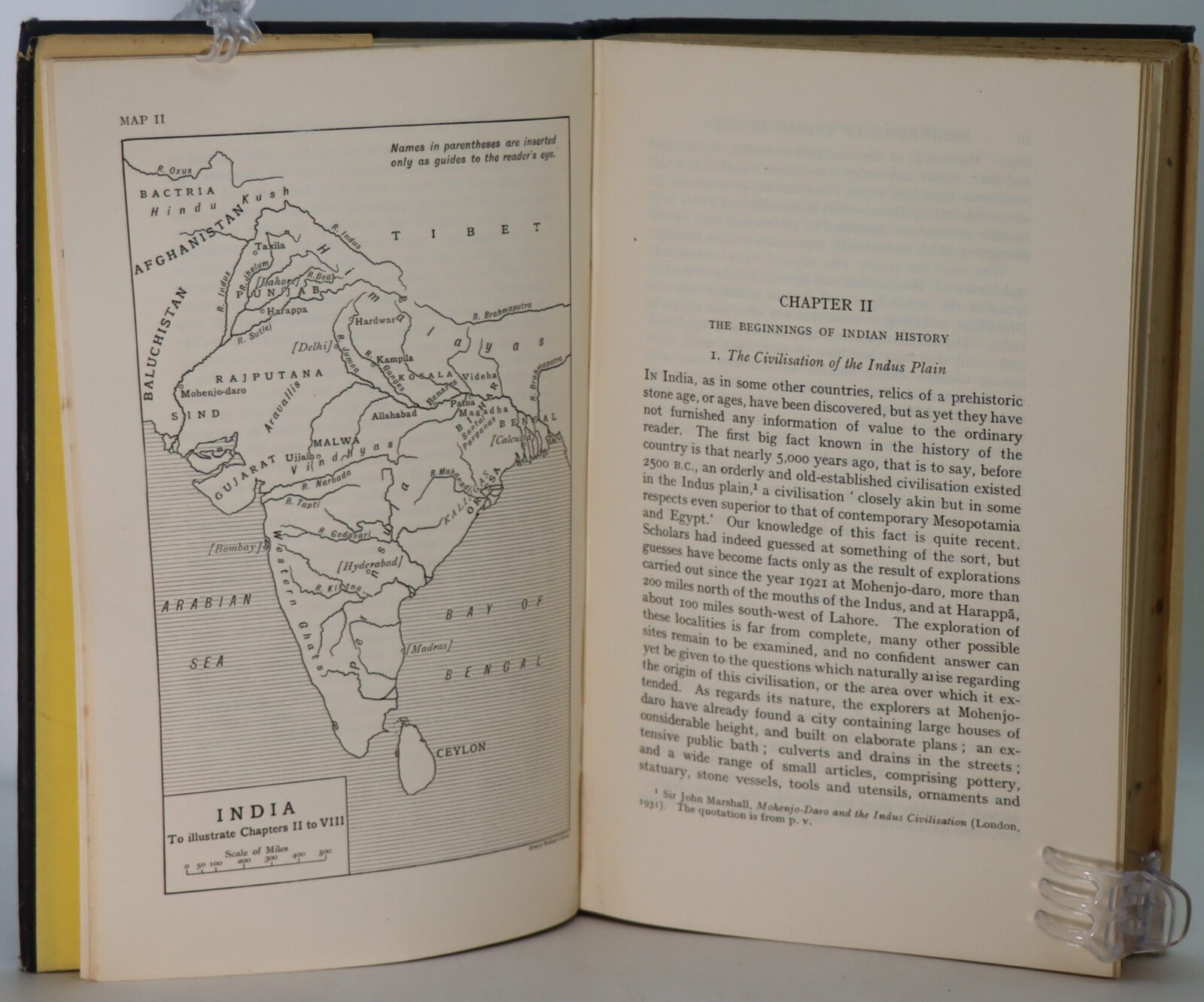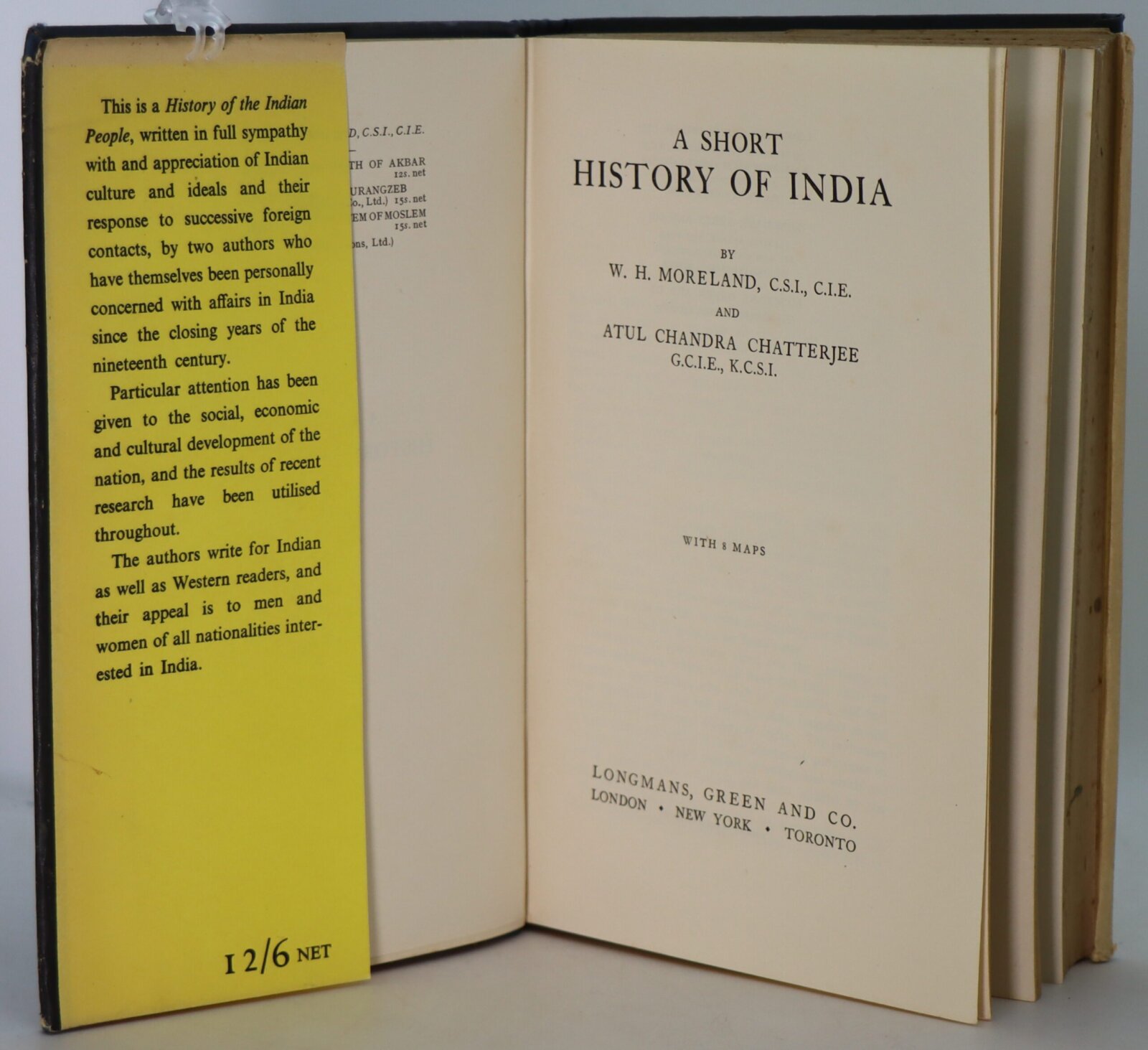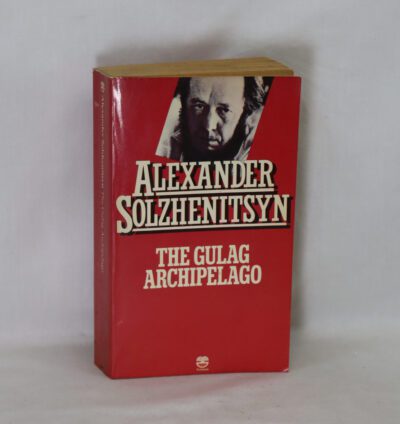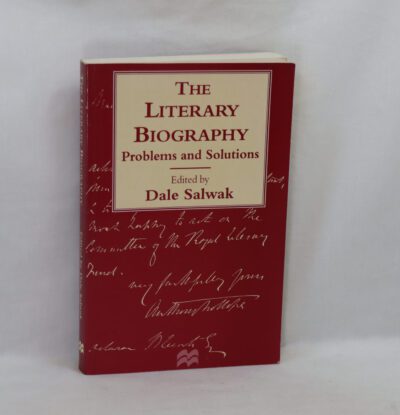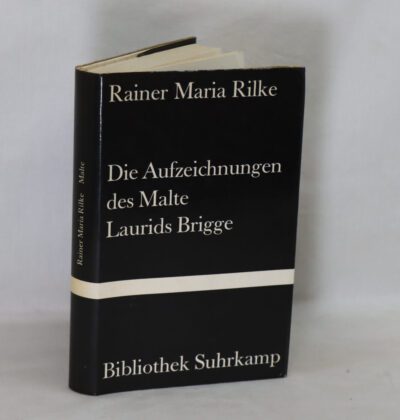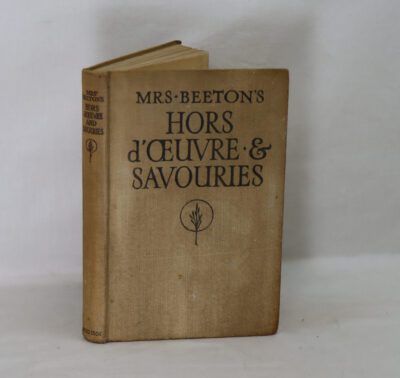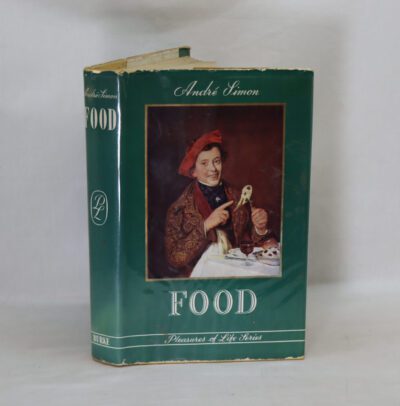A Short History of India.
By W H Moreland & Atul Chandra Chatterjee
Printed: 1936
Publisher: Longmans Green & Co. London
Edition: First edition
| Dimensions | 15 × 22 × 3 cm |
|---|---|
| Language |
Language: English
Size (cminches): 15 x 22 x 3
Condition: Very good (See explanation of ratings)
Item information
Description
In the original dustsheet. Navy cloth binding with gilt title on the spine.
F.B.A. provides an in-depth photographic presentation of this item to stimulate your feeling and touch. More traditional book descriptions are immediately available.
Condition: Very Good. 8 Maps (illustrator). First Edition. Dust sheet torn. First edition of a standard textbook history of India, with the signature (surname) of Lord Linlithgow, Viceroy of India 1936-1943, in the blue pencil used by British colonial administrators to communicate with one another! Lightly shelf worn.
496pp., including index. Size: 8vo – over 7¾” – 9¾” tall. Hardcover.
Victor Alexander John Hope, 2nd Marquess of Linlithgow, (24 September 1887 – 5 January 1952) was a British Unionist politician, agriculturalist, and colonial administrator. He served as Governor-General and Viceroy of India from 1936 to 1943. He was usually referred to simply as Linlithgow.
He served as vice president of the Royal Society of Edinburgh, Chancellor of the University of Edinburgh and Lord High Commissioner to the General Assembly of the Church of Scotland.
Having previously declined both the governorship of Madras and the governor-generalship of Australia (his father was the first Governor-General of Australia), he became the Viceroy of India, succeeding Lord Willingdon. Travelling out to India on the P&O liner RMS Strathmore, he arrived in Bombay, with his wife, daughters, and personal staff, on 17 April 1936. Linlithgow implemented the plans for local self-government embodied in the Government of India Act 1935, which led to provincial governments led by the Congress Party in five of the eleven provinces of British India, but the recalcitrance of the princes prevented the establishment of elected governments in most of the princely states.
With the outbreak of the Second World War, Linlithgow’s rejection of the request by the Congress for a declaration that India would be given the chance to determine its own future after the war led to the resignation of the Congress ministries. He declared India to be at war with Germany in September 1939, without consulting Indian politicians. On 8 August 1940 Lord Linlithgow made a statement on behalf of the British government. It was known as the August Offer and offered greater rights in the governance of India to the Indian people. The proposal was rejected by most Indian politicians, including the Congress Party and the Muslim League. Disputes between the British administration and Congress ultimately led to massive Indian civil disobedience in the Quit India Movement. Linlithgow suppressed the disturbances and arrested the Congress leaders. Some historians have partly blamed Linlithgow for the Bengal famine of 1943 which resulted in three million deaths.
His seven-year tenure as viceroy, the longest in the history of the Raj, ended in 1943.
Indians were less kind in their assessments of his career. V. P. Menon in The Transfer of Power in India stated: “His 7½ year regime – longer than that of any other Viceroy – was conspicuous by its lack of positive achievement. When he left India, famine stalked portions of the countryside. There was economic distress due to the rising cost of living and the shortage of essential commodities. On the political side, Sir Tej Bahadur Sapru expressed the general feeling thus: ‘Today, I say, after seven years of Lord Linlithgow’s administration the country is much more divided than it was when he came here’.”
Condition notes
Want to know more about this item?
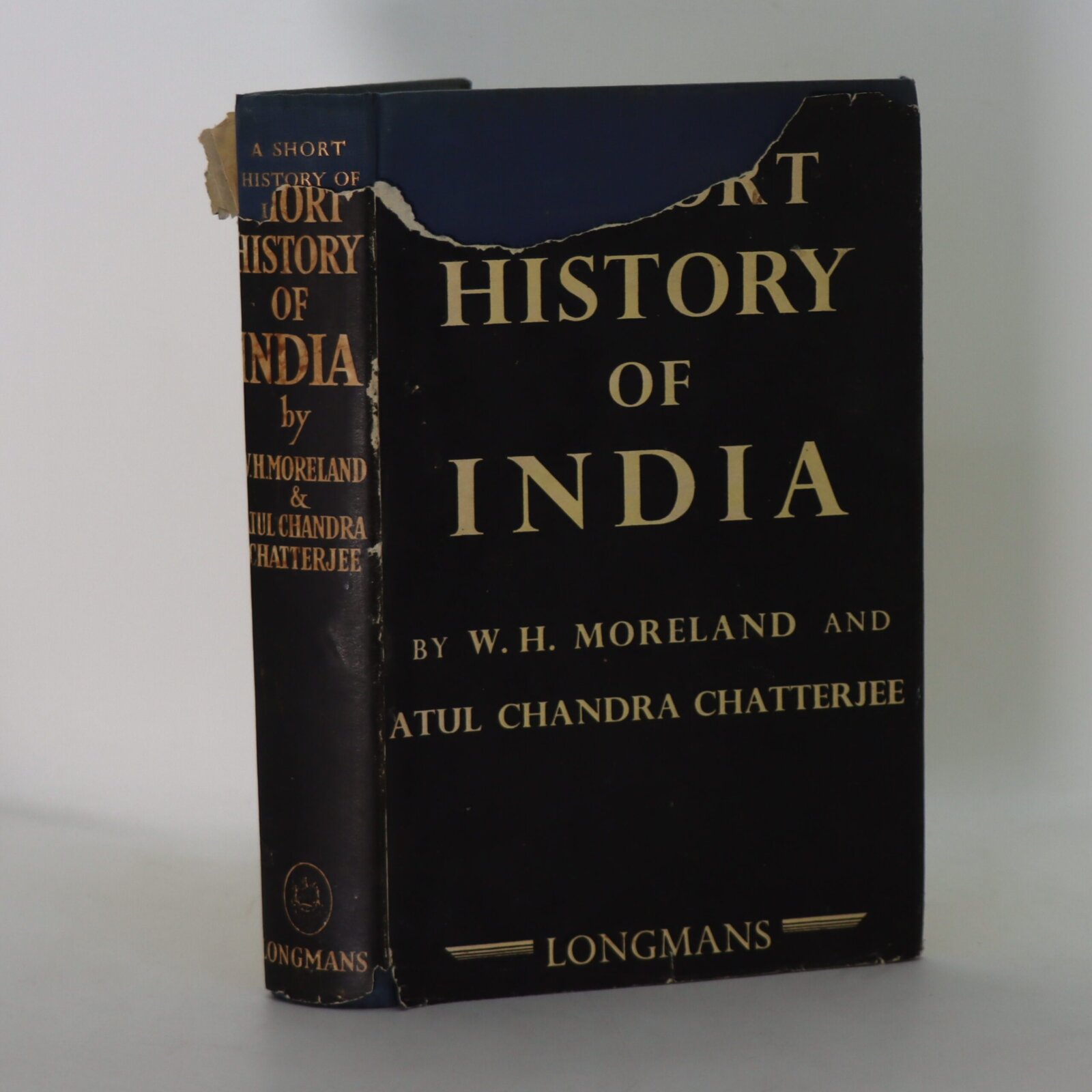
Share this Page with a friend

